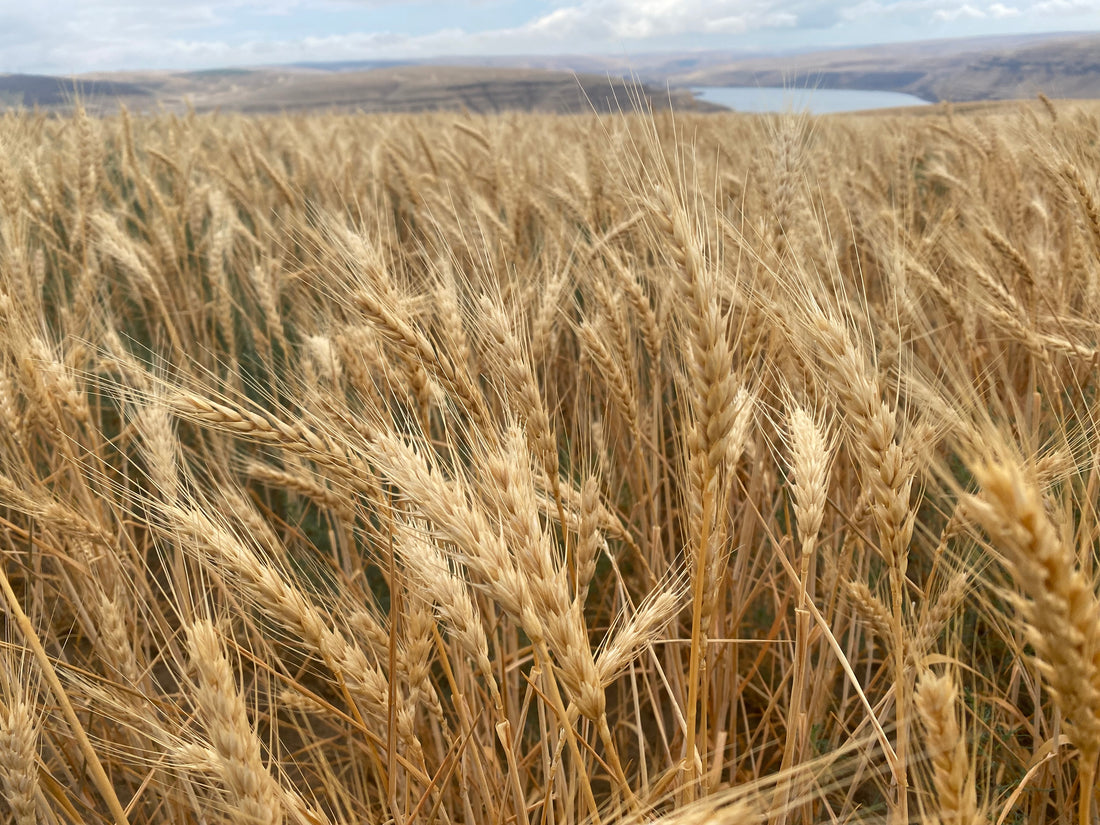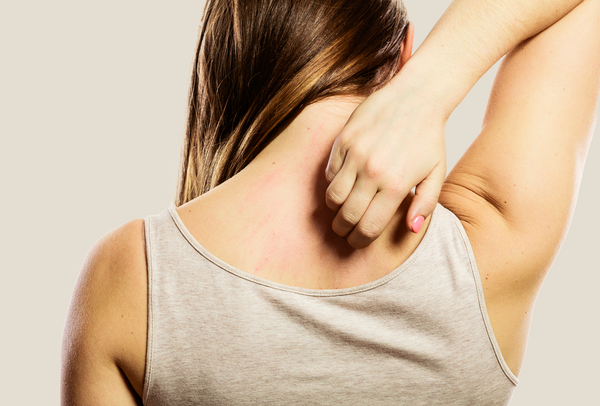More people than ever are avoiding gluten, especially as the incidence of sensitivity and celiac disease continues to rise. Sure, you can skip bread and pasta or opt for gluten-free alternatives, but you may want to read your product labels as well. Why? Because it’s common to find gluten in hair products.
As a refresher, gluten is a protein found in grains such as wheat, rye, barley, and oats. Gluten acts like a glue of sorts that helps foods maintain their shape. This ingredient can be found in some unexpected foods such as soups, sauces, and salad dressings as well.¹
If you have celiac disease, non-celiac sensitivity, or a wheat allergy, it’s imperative to steer clear of gluten since ingesting it can damage the small intestine and hinder its ability to absorb nutrients. Without dietary intervention, celiac disease is an autoimmune disease that can lead to the development of other autoimmune disorders like type 1 diabetes and multiple sclerosis, conditions such as anemia, osteoporosis, infertility and miscarriage, neurological conditions like epilepsy and migraines, and increase risk of coronary artery disease and small bowel cancers.²
Many are surprised to learn that there’s often gluten in hair products. Haircare companies often turn to these gluten-containing ingredients because they help thicken and strengthen the hair while providing hold and extra volume. They can appear in several forms in an ingredient list, including hydrolyzed wheat protein, wheat germ oil, maltodextrin, dextrin, vitamin E, hydrolyzed vegetable protein, beta glucan, colloidal oatmeal, and more. (Although some forms of these ingredients may be gluten-free if derived from a grain other than wheat, there’s no way to tell their origins from a product’s label alone.)
The Cosmetic Ingredient Review (CIR) Expert Panel previously assessed the safety of gluten in hair products and other personal-care formulations, and concluded that these ingredients are generally safe.³ The main concern with gluten in any type of personal-care product is the chance of ingestion. This is obviously more of a concern when it comes to lipstick, for example.
According to the Celiac Disease Foundation, gluten in hair products cannot penetrate the scalp or skin. However, there is a skin condition associated with celiac disease called dermatitis herpetiformis (DH) that causes an itchy, blistering rash. Anyone with DH may want to avoid gluten in hair products or any other product that comes in contact with the skin.⁴
Although gluten in hair products does not appear to be a significant concern for those with celiac disease or gluten sensitivity, SEEN prefers to play it safe. Our founder, Harvard-trained dermatologist Dr. Iris Rubin, has struggled with autoimmune disease herself, so there was no question that all SEEN products would be gluten-free. Instead of gluten-based ingredients, the Ceratonia siliqua (carob tree) extract found in our Blow-Out Creme and Curly Creme provides strengthening benefits for the hair, while plant-derived squalane does the same in these products as well as Magic Serum.
Being hyper-aware of the ingredients found in every morsel of food one eats can be stressful and exhausting. At the very least, SEEN’s full line of gluten-free shampoos, conditioners, styling products, and skincare can give those with celiac disease or gluten sensitivity a little extra peace of mind when it comes to the products that come in contact with the skin.
References
¹ https://celiac.org/gluten-free-living/what-is-gluten/#:~:text=What%20is%20Gluten%3F,-Share
² https://celiac.org/about-celiac-disease/what-is-celiac-disease/
³ https://journals.sagepub.com/doi/pdf/10.1177/1091581818776013
⁴ https://celiac.org/about-the-foundation/featured-news/2016/05/9-questions-about-celiac-disease-answered/#:~:text=through%20the%20skin%3F-,No.,as%20they%20are%20easily%20ingested.




